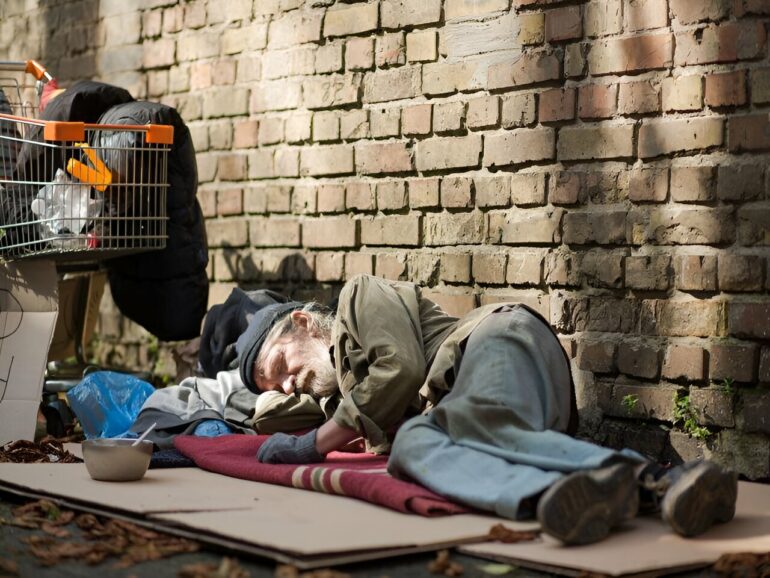Two-thirds of homeless people are experiencing some form of mental health disorder, a large, new review of data on the subject.
The analysis found that men who are homeless are more likely to be battling mental illness than women, although rates were high for both genders compared to the general population.
There are signs that rates of mental illness may be on the rise among homeless populations, especially in the United States and Canada, said researchers led by Rebecca Barry, a postdoctoral researcher at the University of Calgary in Canada.
“The most common mental disorders included substance use disorders, antisocial personality disorders, major depression and general mood disorders,” Barry and colleagues reported April 17 in the journal JAMA Psychiatry.
Her team looked at thousands of published studies worldwide on homelessness and mental illness. They settled on 85 of the most rigorous studies.
Overall, more than 48,000 homeless individuals were included in those studies, which were largely based in affluent countries such as the United States, Canada and Germany.
The mental health of participants in the studies was assessed using standard psychiatric tests.
Barry’s team found that, overall, 67% of homeless people currently have some form of mental illness, while 77% were found to have experienced mental illness at least sometime during their lives.
Rates of current mental illness were significantly higher among men (67%) than women (57%), as were lifetime rates of mental illness (86% for men, 69% for women).
These numbers are much higher than rates of mental illness seen in the general population, where the latest data suggests that 13% to 15% of people currently battle some form of psychiatric illness.
According to the new study, rates of bipolar disorder among homeless people were over eight times higher than that seen among people generally (8% vs 0.7%). Similarly high (or even higher) rates were seen for antisocial personality disorder, psychotic disorders, post-traumatic stress disorder (PTSD), major depression, substance abuse and mood disorders.
The number of mentally ill people living on the streets or in shelters could also be rising, Barry’s team added.
They noted a “higher prevalence of mental health disorders among people experiencing homelessness among studies published more recently.”
That could reflect recent improvements in mental illness diagnoses among the homeless, of course.
On the other hand, it could also reflect increasing societal stressors that are forcing people with mental illness onto the streets.
It’s possible that “people with mental health disorders are increasingly likely to experience homelessness due to factor like housing inaffordability, limited mental health care access, low income or challenges reintegrating [with society] after mental health treatment,” Barry’s team wrote.
They believe these factors could be contributing to the fact that, “North America has the highest mental health disorder prevalence among people experiencing homelessness.”
What can be done?
According to the study authors, “housing first” initiatives aimed at finding permanent homes for people are important, but so are “assertive community treatment” programs, where people in need receive comprehensive, coordinated mental health services from a variety of sources.
Such programs have “demonstrated effectiveness in reducing mental health disorder severity and homelessness among people with persistent and difficult to treat mental health disorders,” the researchers said.
More information:
Prevalence of Mental Health Disorders Among Individuals Experiencing Homelessness A Systematic Review and Meta-Analysis, JAMA Psychiatry (2024). DOI: 10.1001/jamapsychiatry.2024.0426 , jamanetwork.com/journals/jamap … /fullarticle/2817602
Copyright 2024 HealthDay. All rights reserved.
Citation:
Most homeless Americans are battling mental illness (2024, April 17)



